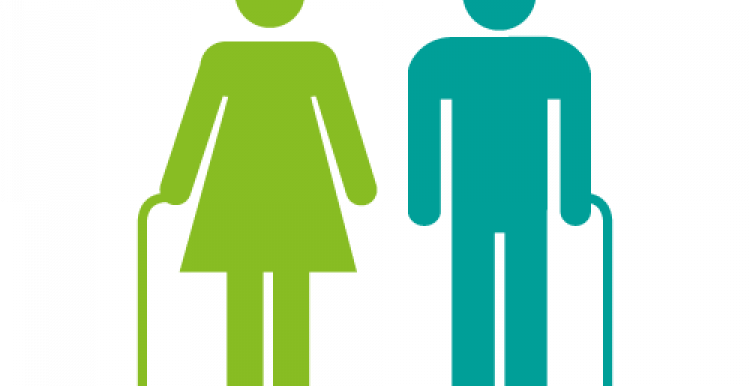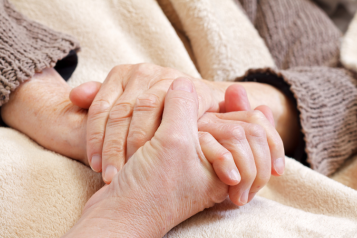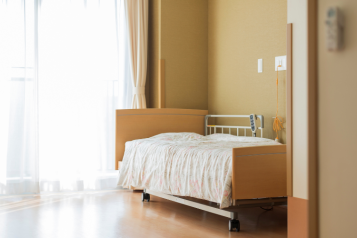Every care home resident "treated as a person rather than a condition" in new data sharing system

Connecting Care, now operating in Bristol, North Somerset and South Gloucestershire, is said to be one of the most advanced digital care records in the country. It allows instant, secure access to up-to-date health and social care records for professionals involved in care.
It will mean care home residents won’t have to tell their story more than once because the professionals who are most involved in their day-to-day care, their care home staff, will be able to easily share the most important, up-to-date information about their needs and preferences with other care professionals.
The new scheme has been made possible thanks to a successful application for NHS Digital’s ‘Social Care Digital Pathfinders’ funding by South Gloucestershire Council.
The project is part of collaborative work between South Gloucestershire Council, Bristol City Council, North Somerset Council, Bristol, North Somerset and South Gloucestershire Clinical Commissioning Group (CCG), the Connecting Care Partnership and care homes. It aims to enable authorised personnel in care homes for elderly people to access and contribute to local health and care records.
Service improvement facilitator for care sector development, Harriet Soderberg, who works across health and social care and leads the project, said; “Connecting Care takes information from GP practices, hospital departments, community services, mental health trusts, out of hours services and Local Authorities across Bristol, North Somerset and South Gloucestershire and displays it in a shared record. Bringing care homes into this partnership is ground-breaking. It will mean care home residents won’t have to tell their story more than once because the professionals who are most involved in their day-to-day care, their care home staff, will be able to easily share the most important, up-to-date information about their needs and preferences with other care professionals.
“The information shared can include things like current medications, notes on what makes someone anxious and which name a person prefers to be called which allows care professionals in other settings, who may not have met the person before, to treat an individual, not a condition”

